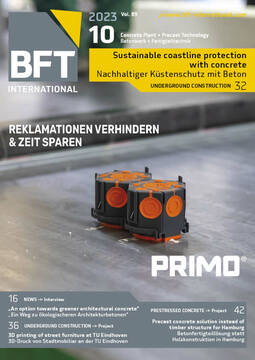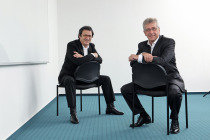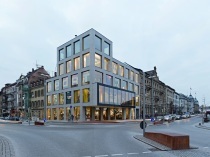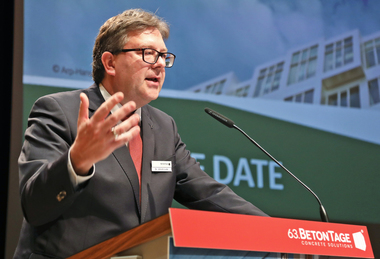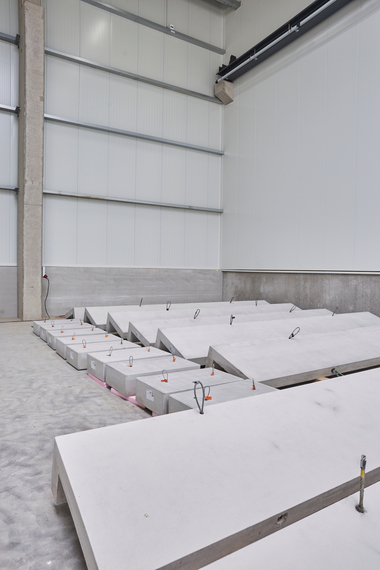Bye-bye concrete???
While browsing in one of my favorite media libraries one recent evening, I happened upon some documentation with the title “Bye-Bye Concrete”. A flush of anger began to rise in my face, as would probably happen to you, dear readers, as well. After all, some media outlets are all too quick to pick up on terms with negative connotations such as „concrete as a climate killer,“ “concrete destert”, „concrete cancer“ and the like.
We are, of course, aware of all of these issues and today much has already been done, among others, for sustainable decarbonation of our construction material,not least addressed at the BetonTage in Ulm last July, and recently a frequent theme at the BIBM Congress in Amsterdam that just ended. We will also soon be launching a new BFT section, “Green Challenge.” For this reason, my anger slowly ebbed away as I continued to watch the above-mentioned documentation when it became clear that we will not be able to do completely without concrete, and that concrete (quote) “… is the most versatile construction material of all times.” In the further course of the documentation, Prof. Dr.-Ing. Manfred Curbach, whom I personally hold in high esteem, presented the Cube Project in Dresden. The carbon concrete used on a grand scale in its construction can make building more energy-efficient, more material-preserving and more recyclable. Its service life is estimated to be up to 200 years – and some of the supposedly competitive ecological in parts of the public construction materials will have to let themselves be judged on this basis.
In this context, I can especially recommend the article on pp. 42 ff. in this issue. The originally planned timber structure for a project in Hamburg had to abandoned in favor of prestressed precast elements, because it was not economically possible to meet the strict requirements placed on the loadbearing structure and on fire protection.



